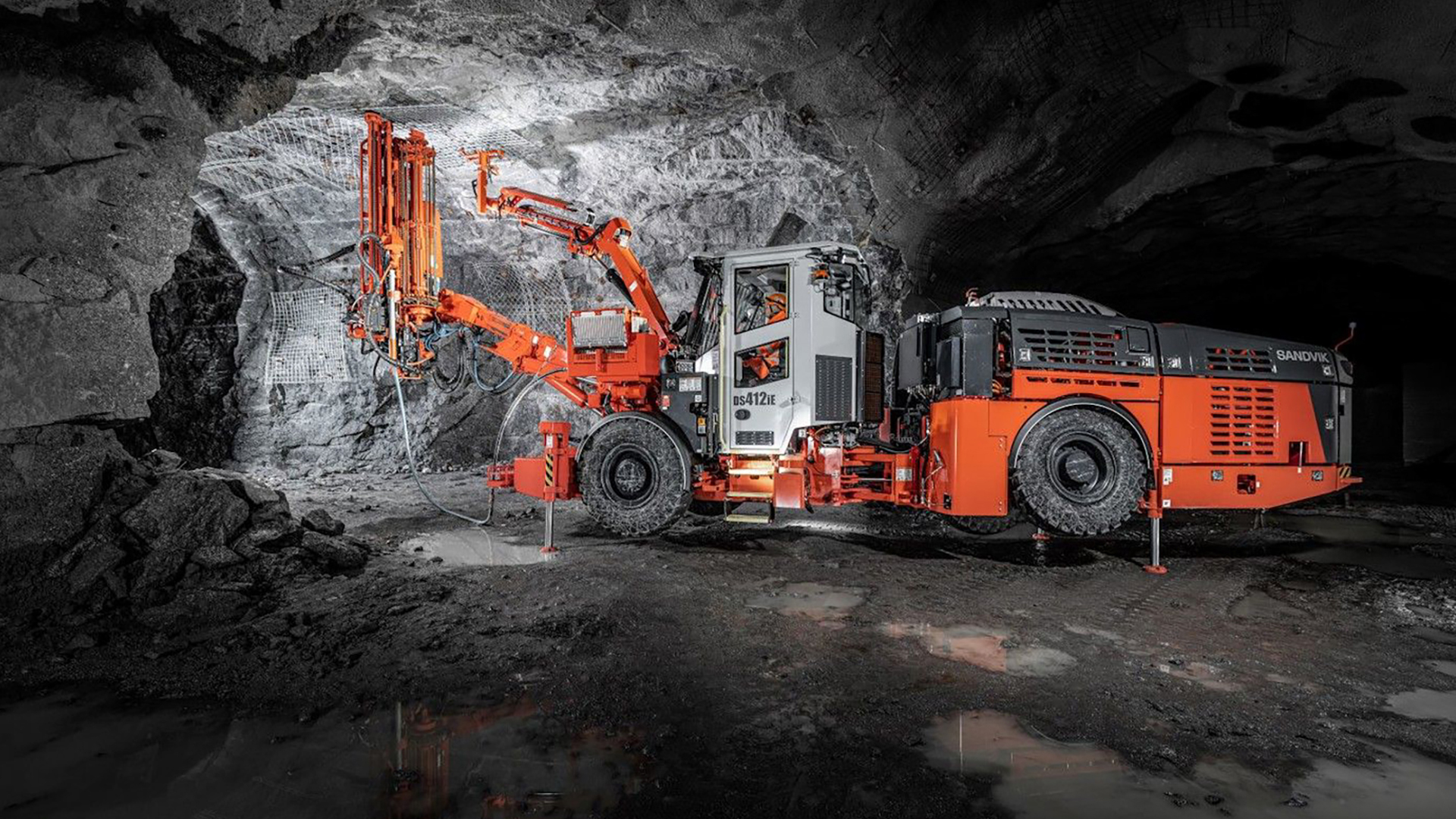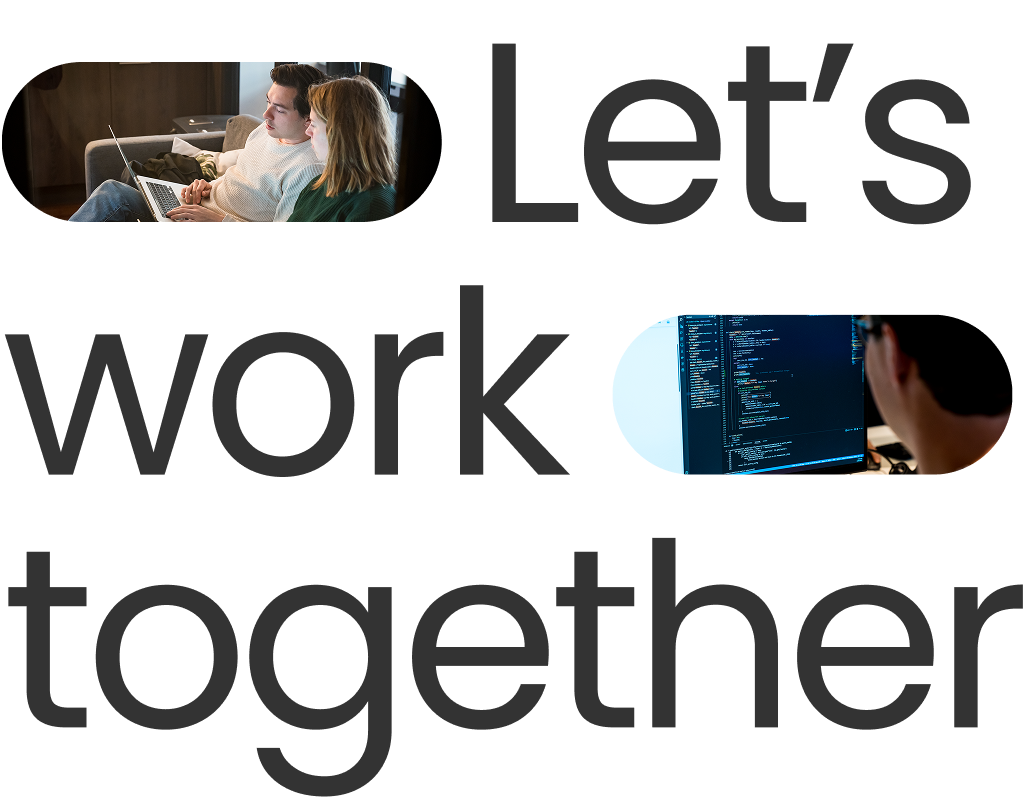
Sandvik wanted to transition to a new version of their fleet reporting tool, Fleet Analytics. The new layout was designed by another company, but the implementation was to be handled by the existing Sandvik fleet team. Meanwhile, Sandvik fully redeveloped their databases to a modern cloud infrastructure.
The migration to a new tool and the transition to all-new data sources, however, caused several problems with their existing user-base, both small and big. Confidence in the data that they were consuming was low, and required features were missing. At the same time, their development backlog kept growing quickly.
To help Sandvik meet the many requirements to transition to a new and enhanced version of the Fleet Analytics reporting tool, our Analytics Engineer Luis Lucchini joined them to support their development process.
Luis worked with a team consisting of Power BI and backend developers. Upon joining the client’s team, he focused on understanding the different stakeholders and users of the Fleet Analytics dashboarding solution, as well as their needs and user stories. Wearing the hats of different stakeholders, he tested different possible reporting solutions to choose the best one.
“There are several types of users for fleet analytics at Sandvik, most of whom just need some quick insights to make business decisions,” Luis explains. “Others are very data-driven and need to access very large amounts of data that can be overwhelming for almost everyone else.”
Following the initial research phase, our analytics engineer helped the client create a solution that involved six main parts:
The solution is supported by Azure cloud and is based on Databricks in the back-end, enabling the Data Mesh approach at Sandvik. Power BI sits on top for the reporting, and Azure DevOps for infrastructure and development.
Xomnia strengthened Sandvik with the eye for extracting insights out of data, and making reporting more impactful and more meaningful. The resulting reporting infrastructure is in production and has new releases every month. The data model created follows the best practices and cutting-edge technology integrations from Microsoft. This product is perfectly positioned to be developed further in various avenues quickly.
The development process has been sped up while the technical debt has decreased significantly. The time to deliver new reporting products has decreased, enabling several teams to enhance their customer interactions with data-driven insights. Additionally, confidence in the data has also been satisfied because of the extensive documentation provided and the clear communication of changes and updates.
* This fleet is used in mining and construction operations worldwide, which the aftermarket teams are aiming to keep running smoothly with minimal down-times. The Parts and Services division is responsible to proactively address potential issues in the mining and construction fleet.
